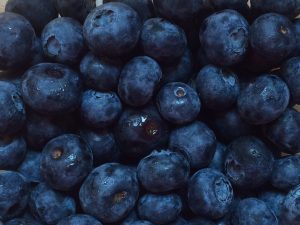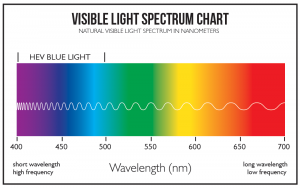What is real research? Is there a true definition to describe the essence of research in science? You may have learned that scientific research is done by constructing a hypothesis, procedure, doing the experiment, and arriving at a conclusion. Is compiling observations from tons of literature consider scientific research?
Back in the 17th century, a paper was published by taking observations from several studies and analyzing the data. This was the first meta-analytical approach back in the 17th century, but many argued the validity of the research.
How is meta-analysis done?
The steps involved in meta-analysis are similar to traditional science experiment. Instead of observing chemical reactions in labs or gathering sample in the field, papers relevant to the research are compiled from multiple databases. However, researchers do not decide whether they agree with the results or not.
“The articles themselves are basically the unit of observation,” said Dr. Brooks Kaiser, a resource management economist at the University of British Columbia.
Researchers would simply gather outcomes that are clearly measurable from their selection of papers. Finally, they use statistics to summarize their findings.
For example, Dr. Kaiser decided to investigate whether there was any bias in the scientific community about an invasive species of crabs in Russia and Norway called the Barents Sea Red King Crab. She used meta-analysis to look for a trend in negative biological impacts. Here is a video explaining more about the Red King Crab and her research
Relation to Dr. Kaiser’s research
As we have seen from Dr. Kaiser’s work on the Red King Crab, meta analysis is an excellent method for bridging the gap between different disciplines of research.
In this particular study, Dr. Kaiser has compiled research from over a thousand scientific publications from multiple countries and uses these findings as data for her economic analysis. This combination of expert biologists and economists makes the key finding that economic incentives may bias scientific research so much more credible.
Check out the podcast below to hear Dr. Kaiser explain the concepts of vertical and horizontal integration in an industrial production regarding the invasive species, the Red King Crab.
Overall, meta-analysis provides researchers with more generalized results which are not only more precise, but also applicable to a wider range of further research processes. This method does not require a strong background in the fields of studies as it enables scientists to simply gather information from studies of multiple disciplines and conduct a single research with the data collected.
Therefore, a meta-analysis could be of great help in those cases where a multi-disciplinary background is absent, as well as when a result that should be contributive to a wider population is in demand.
By Isaac Clark, Siqi Tao, Stacy Wu, Tina Kwon





